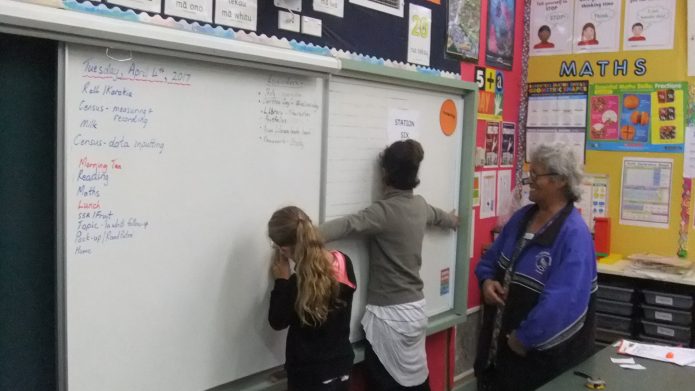

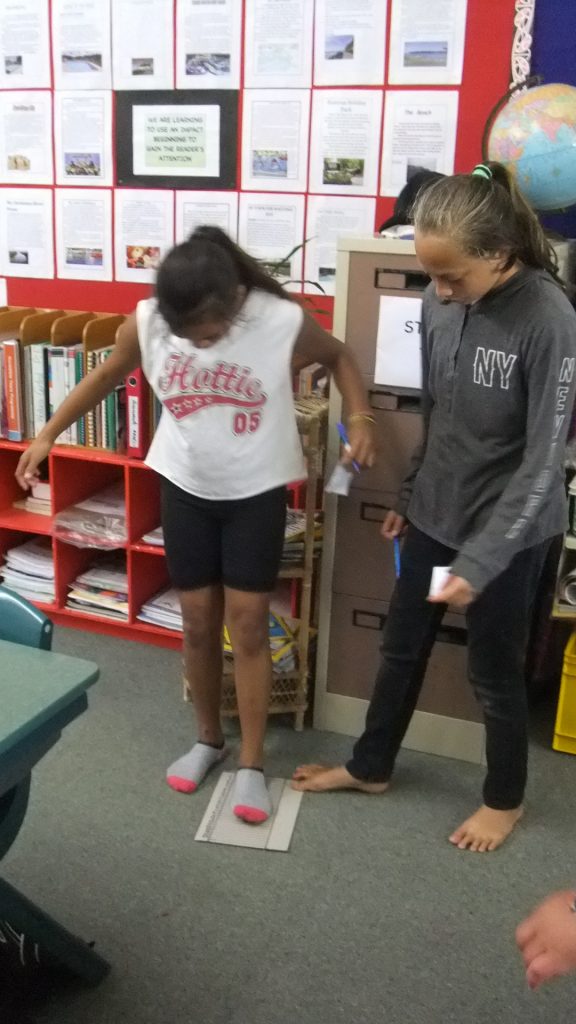
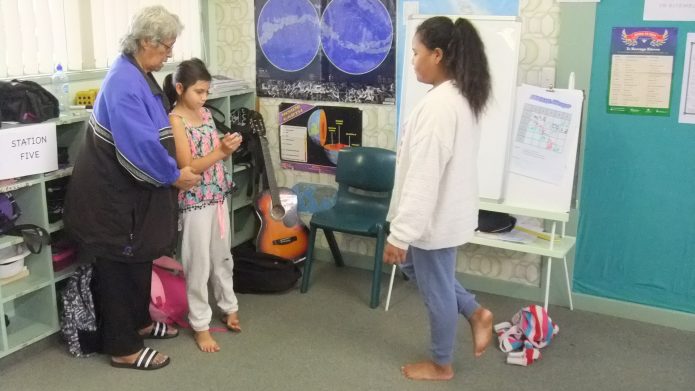
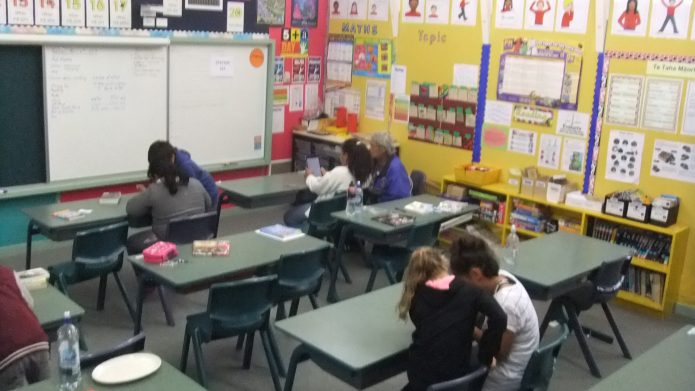
Thanks to Oron Smith of Waitara Central School for sharing these photos of his class taking part in CensusAtSchool.





Thanks to Oron Smith of Waitara Central School for sharing these photos of his class taking part in CensusAtSchool.
Thanks to Claire Cheeseman at Langholm School for sending through these lovely photos of her students taking part in CensusAtSchool:
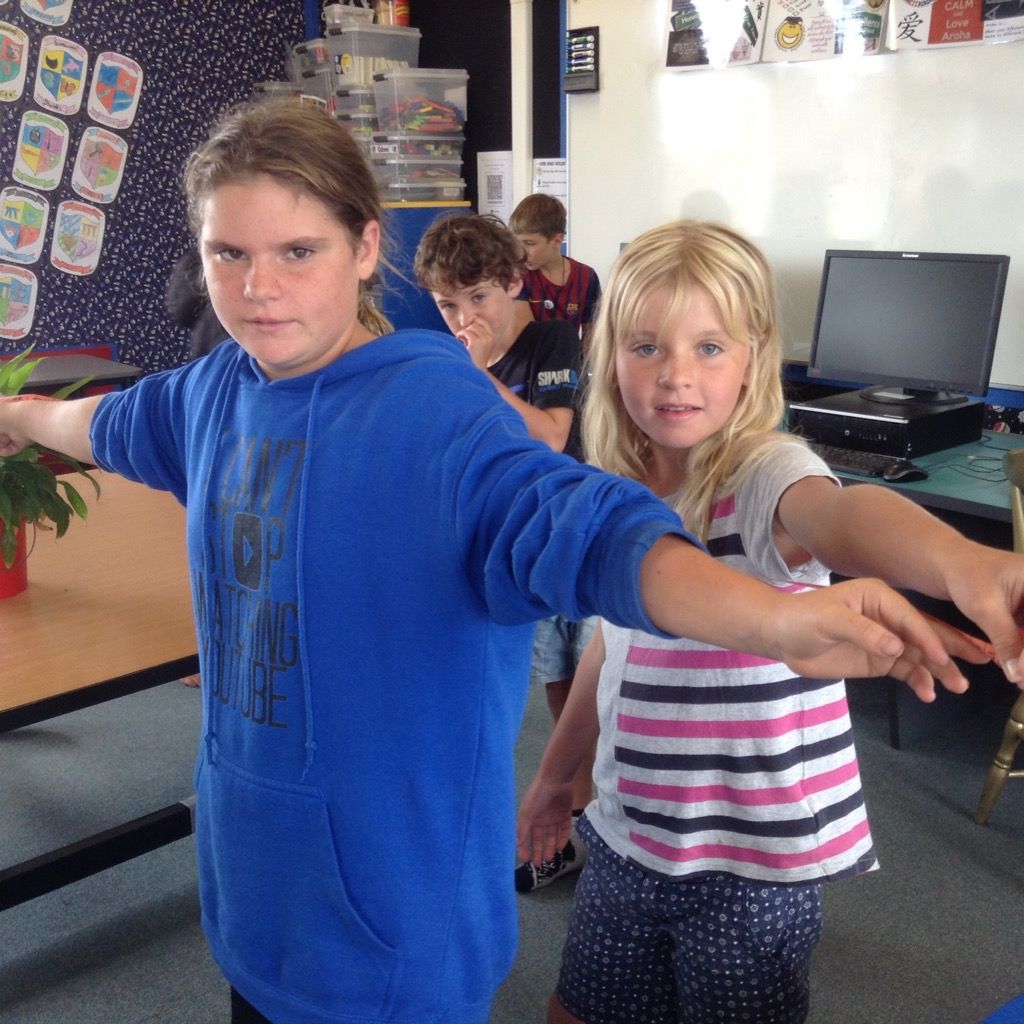
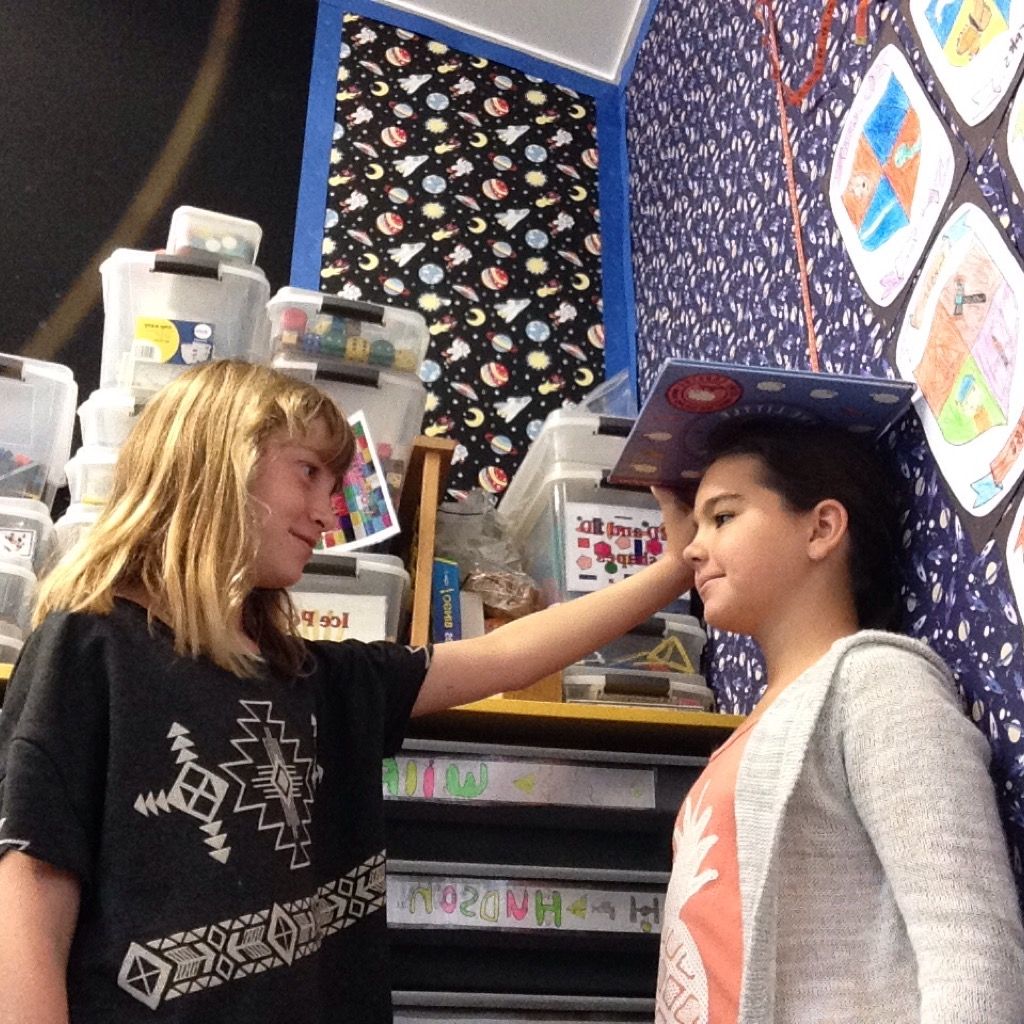
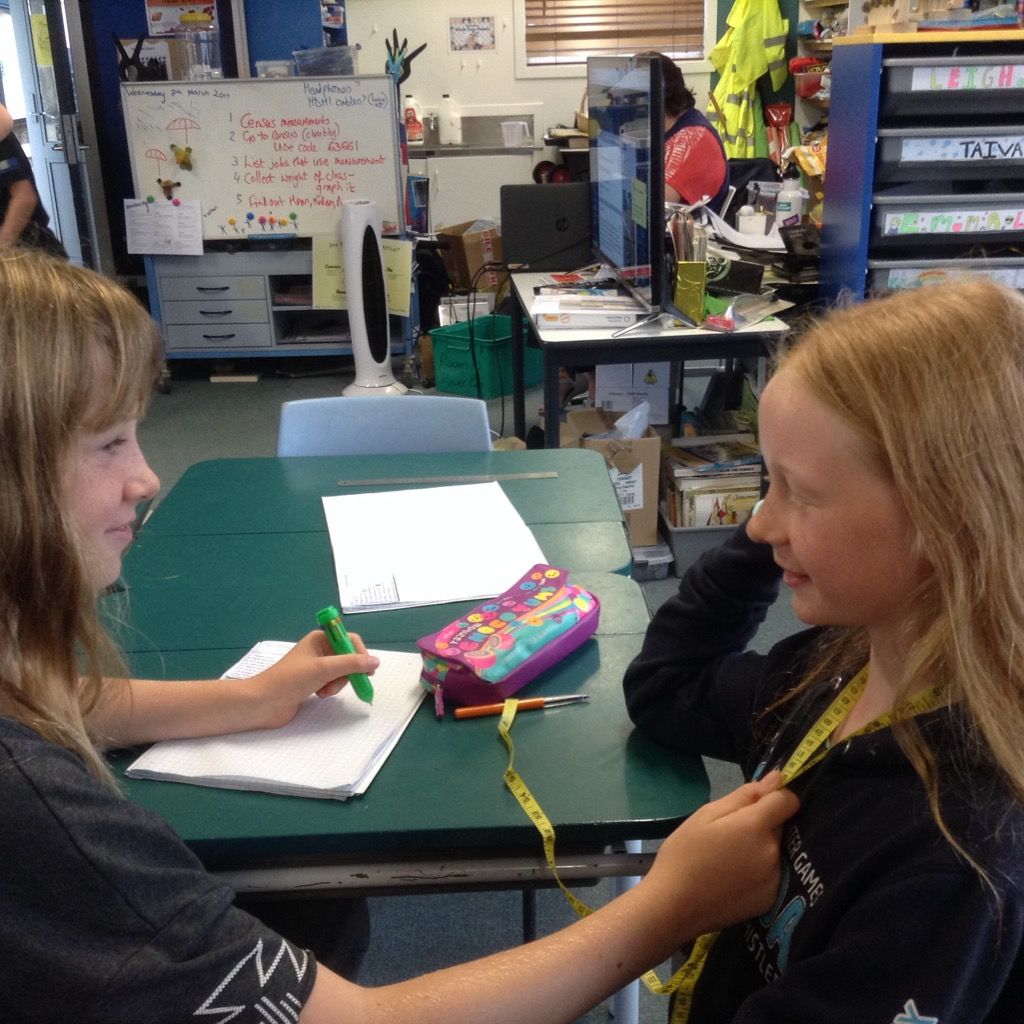
Our press release with insights into our students’ screen time received a range of media coverage, including:
Eight in 10 teens and six in 10 primary school children say there are no limits on their screen time out of school – whether that’s playing computer games, using their phones, or browsing the internet.
The insights have emerged from the second data release from CensusAtSchool TataurangaKiTeKura, a national, biennial project run by the University of Auckland’s Department of Statistics that shows children the relevance of statistics to everyday life. In class, Year 5 to Year 13 students (aged 9 to 18) use digital devices to answer 35 online questions in English or te reo Māori, providing a unique snapshot of Kiwi childhoods. So far, more than 5,700 students have taken part.
Students were asked if, on a school day, there was a limit on the amount of screen time they had at home. Just 16% of high-school students and 37% of primary school students reported a limit. For those with limits, primary schoolers were allowed a median of an hour (the median is the middle amount in the range reported) and secondary students two hours.
Students were asked how often their screen time was supervised – with supervised meaning a parent or caregiver was watching or was in the same room as the child. Four in 10 primary schoolers said “a little,” and two in 10 “usually.” More than half of high school students said they were never supervised, with a further three in 10 saying they were supervised “a little.”
CensusAtSchool co-director Rachel Cunliffe, a former statistics lecturer and mother of four children aged 2, 4, 6 and 8, says she is “really surprised” at the results. “I imagined that in this completely wired world, the majority of kids would have limits – parents often discuss ways to find a balance between screen time and outdoor play time.”
Rachel Cunliffe points to Ministry of Health advice that outside of school, 5 to 18-year-olds spend less than two hours a day in front of the television, computers, and game consoles. She and her husband tried setting limits, but with four kids, that was hard to police. “Now, in our house, we have a list of morning, afternoon and evening jobs to be done on school days before the kids are allowed screen time, “ she says.
“By the time they’ve done everything expected of them, and their out-of-school school activities like swimming and karate, there’s not often long periods of time left for gaming. My eight-year-old has been pretty motivated to get through his jobs, and can get in an hour on the Playstation or tablet sometimes.”
So how are other school children using their screen time? Seven in 10 students said they spent time on their phone. Of that group, the most avid users were high school girls with 89% on their phones once school was out, and for a median of three hours – though a quarter spent 5 hours 30 minutes or more.
Four in ten students said they spent time gaming after school, with the keenest gamers high school boys. They spent a median of two hours in front of their Playstation, Xbox, Nintendo and the like – but a quarter spent four hours or more gaming.
CensusAtSchool also asked students what they did most often with their cellphones. Primary school boys reported playing games (27%) and primary school girls sending texts or instant messages (32%). At high school, it was all about social media for both girls (49%) and boys (31%).
This year’s edition of CensusAtSchool started on February 7. Teachers can register their classes and take part at any time before it finishes on July 7. CensusAtSchool is part of an international effort to boost statistical capability among young people, and is carried out in Australia, the United Kingdom, Canada, the United States, Japan and South Africa.
The countries share some questions so comparisons can be made.
In New Zealand, CensusAtSchool started 2003, and is run by the University of Auckland’s Department of Statistics with support from Statistics NZ and the Ministry of Education.
What can we learn from large-scale national and international assessments? NCTM President Matt Larson will discuss in more detail his January President’s Message. Join us as he provides a combined analysis of the results from the National Assessment for Educational Progress (NAEP) scores, the Trends in Mathematics and Science Study (TIMSS), and the 2015 Programme for International Student Assessment (PISA), and recommends actions that we can take together.
Register here for free at NCTM
Our press release with insights into our students’ pocket money received a range of media coverage, including:
Six in 10 schoolchildren taking part in the national CensusAtSchool TataurangaKiTeKura reported that they received pocket money, an allowance or a cash gift the week before participating, getting a median of $15.
The insight has emerged from early results of CensusAtSchool, an online, biennial statistics project that shows students the relevance of statistics to everyday life. In class, Year 5 to Year 13 students (aged 9 to 18) use digital devices to answer 35 online questions in English or te reo Māori, providing a unique snapshot of Kiwi childhoods.
The census asked how much money students had received in the past week, whether pocket money, an allowance or a gift. Fifty-nine per cent said they had received something, with the median amount (the middle amount in the range reported) $15.
A quarter of those students received $1-$6, and another quarter got $30 or more.
Breaking the numbers down further, primary school students received a median of $10. Secondary school students got a median of $20.
CensusAtSchool co-director Rachel Cunliffe, a mother of four, says that pocket money is a perennial topic of conversation among parents. “There are a lot of questions,” she says. “Should you give your kids pocket money? If so, at what age, and how much? Should pocket money be tied to completing chores, or not? And should we incentivise the kids to save their pocket money?”
She adds, “There’s no rulebook on this – but there does come a time when your kids start asking. My eldest, who’s eight, has just started asking about pocket money as some of his friends now get an allowance, so my husband and I have been deciding our approach.”
CensusAtSchool also asked whether students had part-time jobs. Overall, more boys (25%) than girls (18%) had part-time work in the week before they did the census. Boys were earning more money (a median of $30) than girls ($20).
Just 18% of primary-school students had part-time jobs, earning a median of $15.
A total of 28% of high-school students had part-time jobs, earning a median of $80. Of that group, a quarter reported earning $160 or more a week.
CensusAtSchool also asked students how much money they spent and gave away. A total of 24% of students reported spending or giving away more in the previous week than they had received or earned that week.
This year’s edition of CensusAtSchool started on February 7. Teachers can register their classes and take part at any time before it finishes on July 7. CensusAtSchool is part of an international effort to boost statistical capability among young people, and is carried out in Australia, the United Kingdom, Canada, the United States, Japan and South Africa. The countries share some questions so comparisons can be made.
In New Zealand, CensusAtSchool started 2003, and is run by the University of Auckland’s Department of Statistics with support from Statistics NZ and the Ministry of Education.
Thanks to Leanne Stewart of Aorangi School Rotorua for sharing these photos of her class taking part in CensusAtSchool!



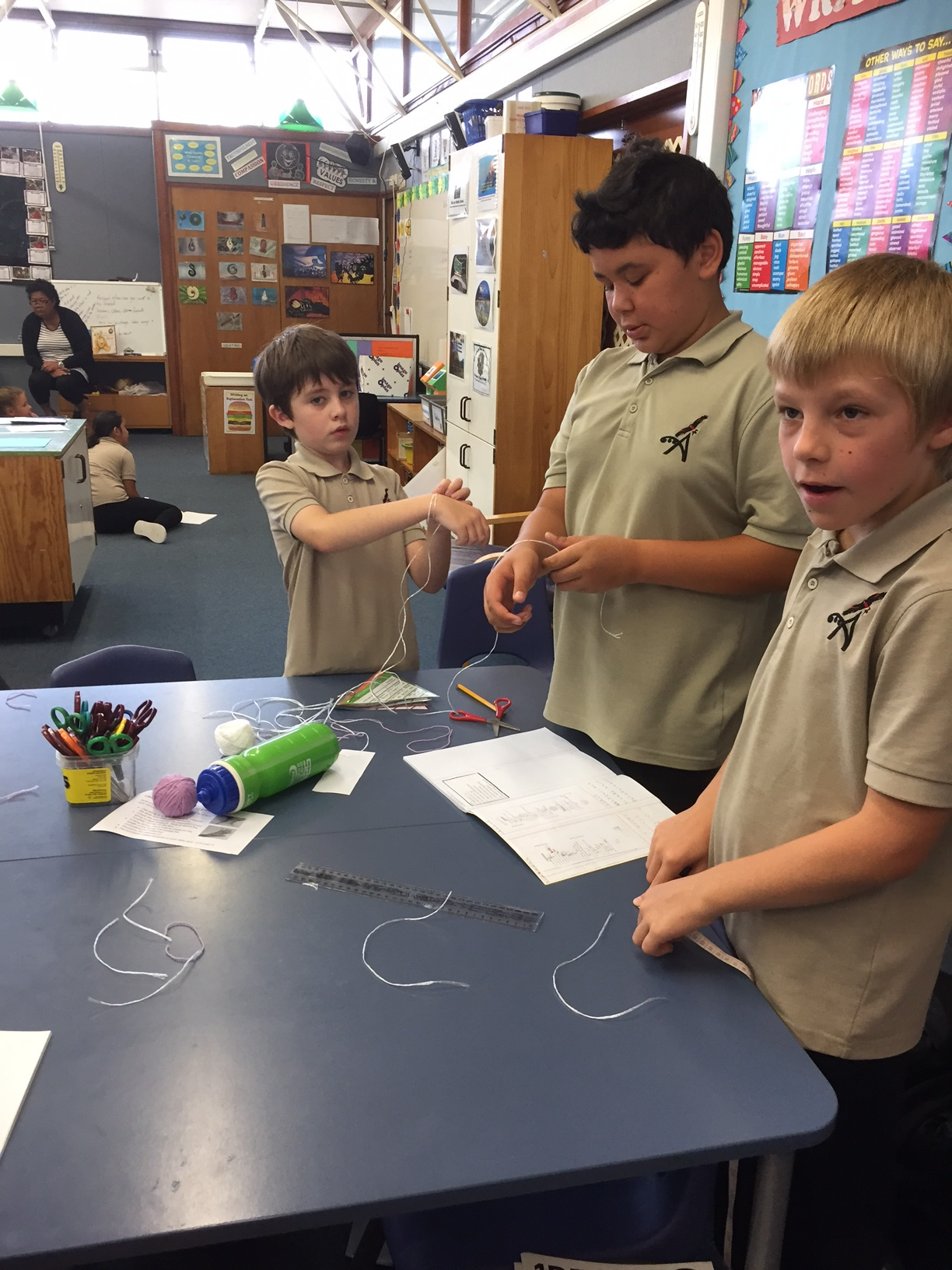
Thanks to Mike Davey of Awahono School – Grey Valley for these great shots of his class taking part in CensusAtSchool!

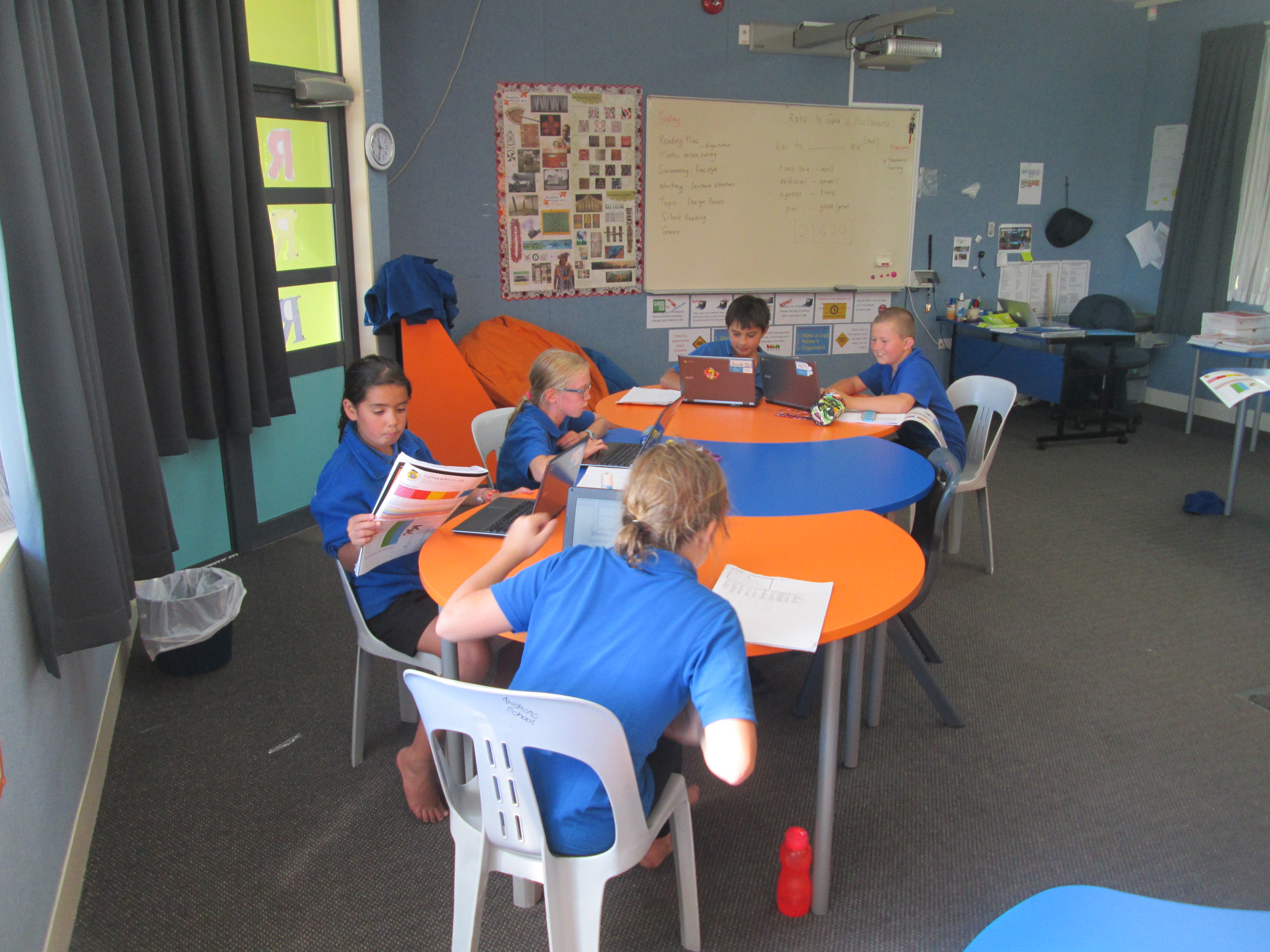



Students will be able to see how their pocket money stacks up against their peers and whether they’re getting less after-school screen time when they become data detectives in this year’s CensusAtSchool TataurangaKiTeKura.
The online statistics project, which starts today, is open to all English and Māori-medium schools. Teachers can register their classes and take part in CensusAtSchool at any time before it finishes on 7 July.
In class, students aged 9 to 18 (Year 5 to Year 13) use digital devices to answer 35 questions in English or te reo Māori about their lives and opinions.
The census explores present-day childhood; for example, asking students about whether they get pocket money, and how much; whether their screen time after school is limited; and if anything in their lunchbox that day was grown at home. Students also carry out practical activities such as weighing the laptops and tablets they take to school.
Ministry of Education deputy secretary Karl Le Quesne says more than 830 teachers from over 530 schools have already registered to take part in CensusAtSchool in their maths and statistics classes. From mid-June, the data will be released for teachers to use in the classroom.
“CensusAtSchool gives teachers relevant, real-life data to help students tell stories about themselves and their peers,” Mr Le Quesne says. “Students become data detectives, mining the census to reveal the stories hidden in the data. The CensusAtSchool questions are wide-ranging, and in analysing the answers, teachers have opportunities to start conversations that touch on many areas of the curriculum, including technology, sport, and environmental studies.”
CensusAtSchool started in 2003. Every two years, the University of Auckland’s Department of Statistics runs this census, with support from Statistics NZ and the Ministry of Education.
Statistics NZ’s education manager Andrew Tideswell says that in our data-driven world, statistical literacy is as important as knowing how to read and write. “People with statistical skills are very attractive to employers, but statistical literacy isn’t just about careers. If you’re confident with data, you have a valuable toolkit to negotiate everyday life.”
CensusAtSchool is part of an international effort to boost statistical capability among young people. Teachers and students in Australia, the United Kingdom, Canada, the United States, Japan, and South Africa take part. The countries share some questions, which allows students to make international comparisons.